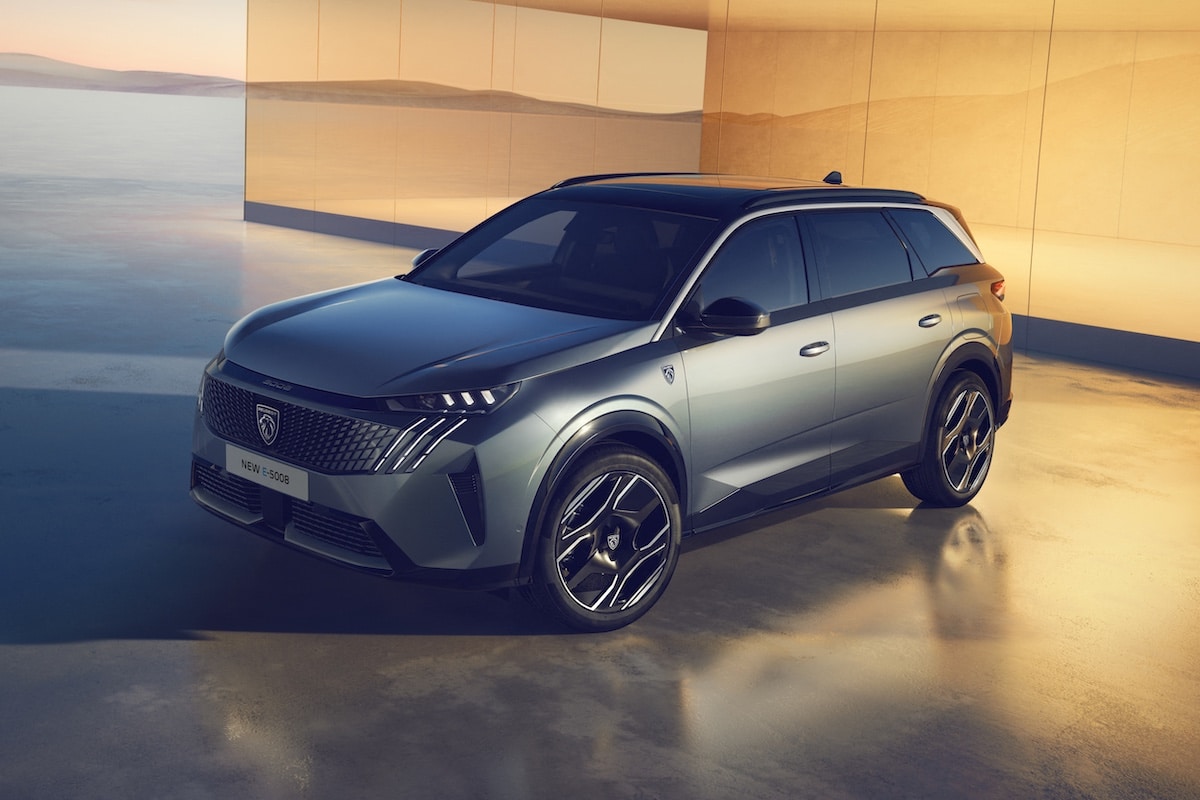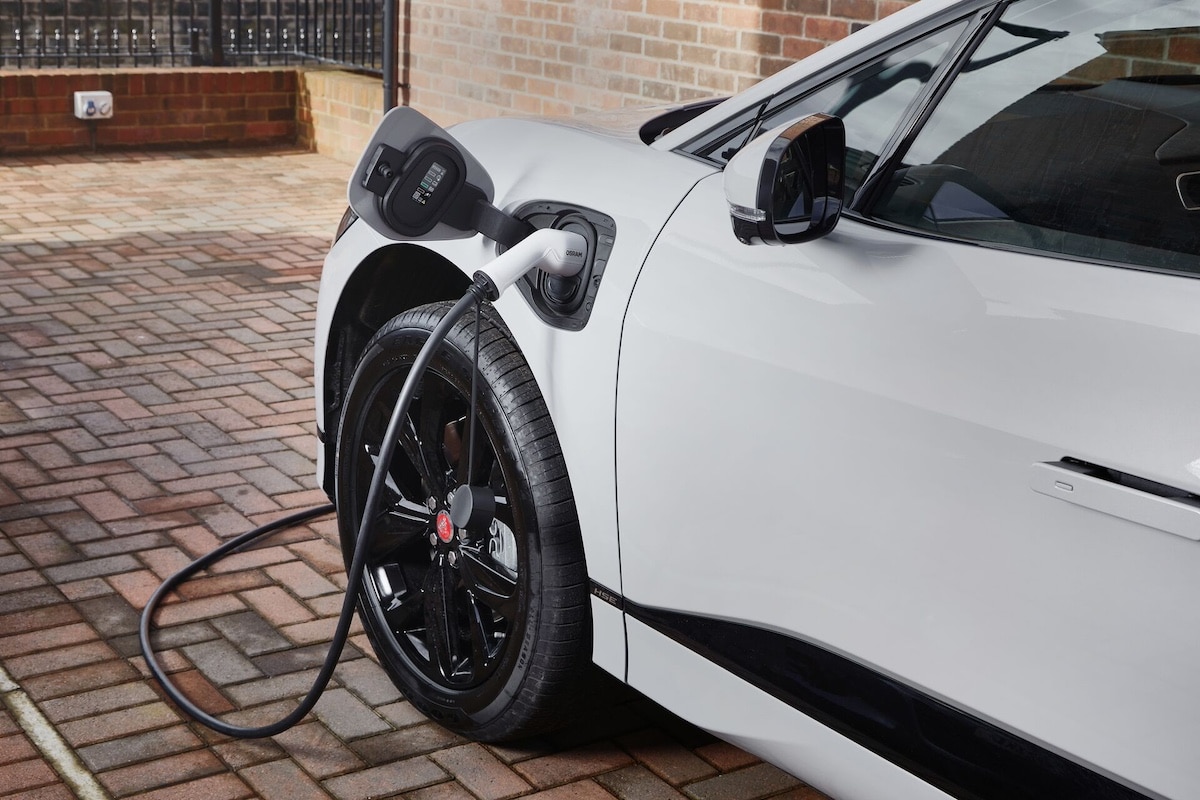The Toyota Prius receives all-wheel drive

The United States is the first to see an all-wheel-drive version of the very frugal Toyota Prius. Still, the question remains why…
The Toyota Prius continues its “normalization.” First aesthetically, where a plug-in hybrid sedan no longer needs to be atypical to be accepted. On the contrary. Very visually appealing, the Japanese model is experiencing great success in the United States, less so in Europe where its high prices position it directly against a Tesla Model Y that is cheaper to operate.
This is why the North American market is debuting, since Wednesday, January 8, 2025, a brand new all-wheel-drive variant on the sole Hybrid version. Again, this can be seen as a move toward normalization, although this architecture inevitably reduces energy efficiency. However, Toyota seems to have sought to minimize the impact by rationalizing the power output. Finally, the Plug-in Hybrid version is not affected by this all-wheel-drive system. Recall that in France, only this Plug-in Hybrid architecture is available.

More all-wheel drive, more power?
The Toyota Prius 2025 AWD – for All Wheel Drive – uses an additional electric motor with 40 horsepower and 7 Nm to drive the rear wheels. The goal is simple: to enhance traction during starting on slippery surfaces and to aid maneuvering with increased transmission power.
The addition of all-wheel drive to the Toyota Prius does not, however, come with a sudden increase in total power. The 2.0-liter gasoline engine still delivers 150 horsepower, while the front electric motor promises 111 horsepower. But, crossing the power and torque curves, in a quest for efficiency, results in the two-wheel-drive version’s power plateauing at 194 horsepower… and 196 horsepower for the all-wheel drive version.
Just two small horsepower increases, but they slightly improve performance: 0 to 60 miles per hour (about 96 km/h) drops from 7.6 to 7.0 seconds. As for weight, it increases by approximately 61 kg between the 2WD and AWD versions. This is why fuel consumption slightly rises, from 4.13 liters per 100 km (according to American standards) to 4.36 liters per 100 km. Nothing dramatic, but still an increase of 5.56%.
Finally, what about the extra cost? It amounts to $1,400, roughly €1,350. And you, would you choose a Prius with all-wheel drive?

READ ALSO: Tesla Model Y Long Range Rear-Wheel Drive at €115/month?
This page is translated from the original post "La Toyota Prius reçoit une transmission intégrale" in French.
We also suggestthese articles:
Also read






